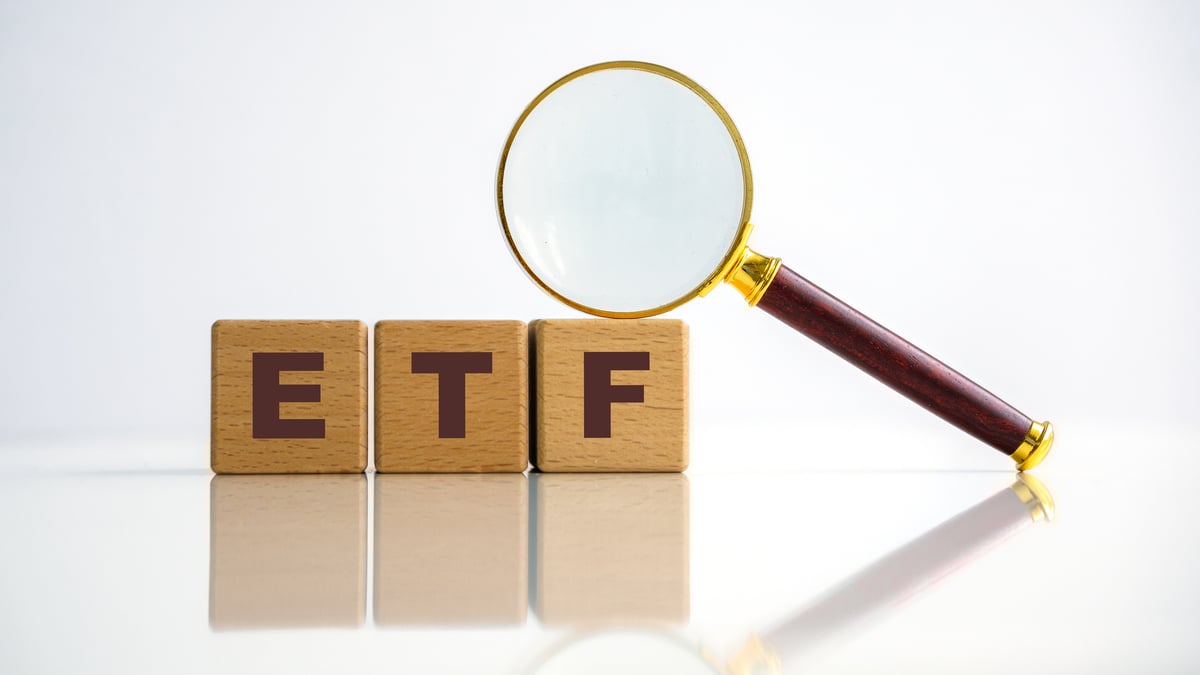The market just passed another milestone that has a lot of people uneasy. The Warren Buffett indicator, which adds up the total market capitalization (market cap) of all publicly traded U.S. companies and divides it by the country's gross domestic product (GDP), has pushed well past 200%, a level Buffett has in the past called "playing with fire."
Buffett in 2001 called this ratio "probably the best single measure of where valuations stand at any given moment," because it captures the entire stock market's value relative to the size of the economy. Going back to 1970, it has averaged about 85%. While the Buffett indicator is not necessarily a timing tool, its current level does tell us that stocks as a group are expensive relative to the economy.
However, it's also important to note that the composition of the stock market is very different now than in past decades when smokestack industrials and cyclical businesses dominated the indexes.
Today, the largest companies in the S&P 500 are cash-rich, capital-light, free-cash-flow machines that keep gaining share. Tech giants like Apple, Microsoft, Alphabet, and Nvidia sit at the top, and are generally much less tied to economic cycles. At the same time, artificial intelligence (AI) is already reshaping how they operate and driving growth. That makes this era different from the industrial-heavy markets that defined earlier readings of the Buffett indicator.

Image source: Getty Images.
While stock valuations and the Buffett indicator may have some investors worried, rather than try to guess when the market will pull back, the smarter approach is to keep consistently dollar-cost averaging into the market over time. Adding a predetermined amount at set intervals regardless of what the market is doing takes the emotion out of the process and has proven to be one of the simplest and most effective ways to build wealth over the long term.
Typically, the easiest way to deploy this strategy is with exchange-traded funds (ETFs). Let's look at three to begin dollar-cost averaging into today.
Vanguard S&P 500 ETF

NYSEMKT: VOO
Key Data Points
The Vanguard S&P 500 ETF (VOO 0.14%) is a great core holding, as it tracks the performance of the benchmark S&P 500 index. The S&P 500 consists of 500 of the largest companies in the U.S., and as a market-cap-weighted index, the bigger a company is, the higher percentage of the index it makes up. As stocks outperform, they become an even bigger part of the index. So, when a stock like Nvidia outperforms, its weight in the ETF rises while laggards fade in importance.
The market is generally driven by mega-winners, which is why the Vanguard S&P 500 ETF is a great investment: It lets its winners run. This is much different from what most actively managed funds do.
Over the past decade, the Vanguard S&P 500 ETF has returned an average of 15.3% annually.
Vanguard Growth ETF

NYSEMKT: VUG
Key Data Points
Growth stocks have been leading the market higher for a long time, as big tech companies continue to grow in importance and power. For investors who want to be more concentrated in these top growth stocks, the Vanguard Growth ETF (VUG 0.49%) is a great place to invest.
It tracks the CRSP US Large Cap Growth Index, which is essentially the growth side of the S&P 500. As such, it leans heavily into technology stocks, which make up more than 60% of its portfolio. While it's less diversified than the Vanguard S&P 500 ETF, it's outperformed over the past decade, with an average annual return of 18% during that stretch.
With AI still in its early innings and growth stocks leading the charge, this is a great way to play this theme.
Schwab U.S. Dividend Equity ETF

NYSEMKT: SCHD
Key Data Points
For investors who are worried that growth stocks have become too hot to handle, the Schwab U.S. Dividend Equity ETF (SCHD +0.29%) is a great option to keep you in the market. The ETF focuses on companies with strong free cash flow, solid return on equity, manageable debt, and a consistent record of dividend growth. It isn't just chasing high-yield stocks. Its underlying index also reconstitutes annually, so companies have to earn their right to be in the fund each year.
The ETF holds around 100 quality stocks tilted toward sectors like consumer staples, healthcare, and financials that tend to be steadier when markets get choppy. The ETF currently yields close to 4% and has produced over 12% annualized returns during the past decade, all at a low 0.06% expense ratio. If a potentially overheated market shifts toward value stocks, this is a great ETF to own.





